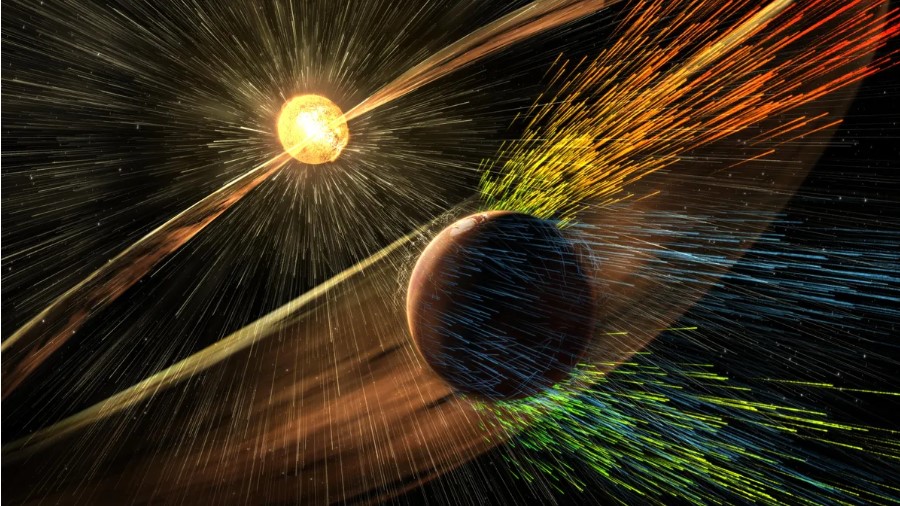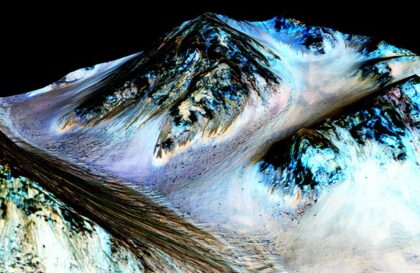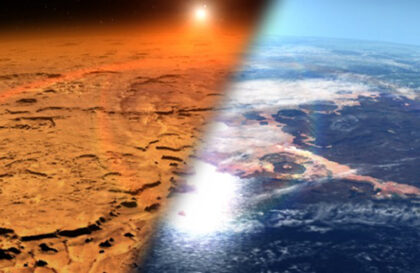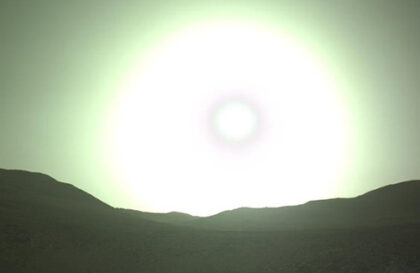In the distant past, Mars had an atmosphere that was warm, humid, and rich in carbon dioxide. But he lost it when the Red Planet lost its magnetic field about 3.6 billion years ago, making the solar wind capable of blowing away the atmosphere. By cosmic standards, this happened quickly – the main part of the atmosphere disappeared hundreds of millions of years after the disappearance of the magnetic field.
Evidence of the presence of a magnetic field on Mars is magnetized rocks preserved on its surface. One of the magnetic field loss hypotheses suggests that heavy asteroid impacts may have knocked out the system of internal heat flow needed to maintain the magnetic field. In the absence of these events, Mars might have retained its primitive oceans and could even serve as a potential source of life in the solar system.
An alternative hypothesis suggests that the magnetic field of Mars could cover only half of the planet (this is interesting and not entirely clear to me), casting doubt on its long-term stability. The key to this question may be related to the composition of the inner core of Mars. On Earth, liquid iron flows around a hotter, denser core, providing our magnetic field. If Mars had only a liquid core, this could explain the loss of the magnetic field.
The structure of Mars is significantly different from the Earth. The planet has a thicker crust and thinner mantle, and its core, which is larger, less dense, and more fluid than expected, contains components such as hydrogen, oxygen, carbon, and sulfur.
NASA studies have shown that the crust of Mars has a thickness ranging from 14 to 44 miles (24 to 72 km). The mantle of Mars is less fragmented than the mantle of the Earth, and its thickness is approximately 1.59 thousand kilometers.
The analysis suggests that Mars formed much earlier than Earth. For example, recent observations of marsquakes recorded by the Mars InSight spacecraft showed that the strength and frequency of marsquakes are much lower than expected, and the magnitude of the strongest marsquake is several times smaller than the earthquake that occurred in Alaska in July 2020.
At present, Mars’s atmosphere is about 1% of Earth’s at sea level, and the solar winds continue to eat it up at about 100 grams per second.
Image credit:
https://www.space.com
https://www.sciencenews.org






